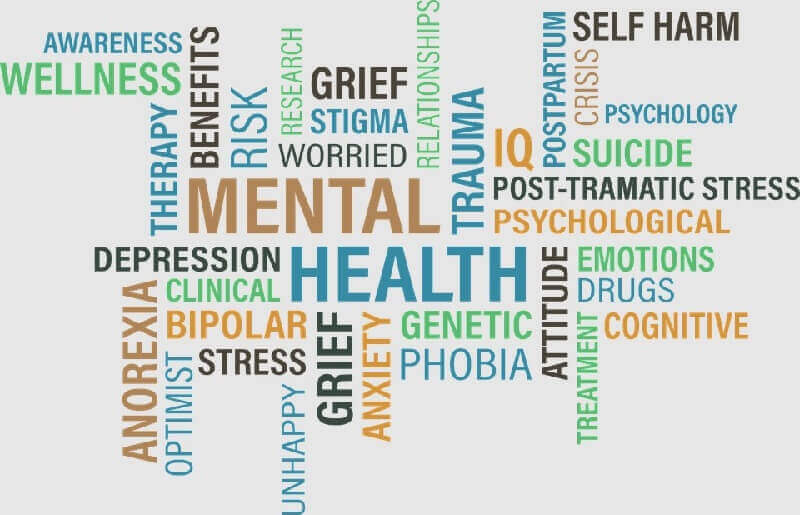A mental illness is a condition that affects a person’s thinking, feeling, mood, ability to relate to others, and daily functioning. According to the National Institute of Mental Health, an estimated 26 percent of adults in the U.S.—or about one in four people—suffer from a diagnosable mental disorder in a given year. While mental illness is common at any age, it is particularly prevalent among young adults.
The National Institutes of Health further reports that 50 percent of mental health disorders begin by age 14 and 75 percent by age 24. In fact, mental disorders are one of the leading causes of disability in the U.S. This article will break down some of the most common mental illnesses. Luckily, there is therapy for young adults in Los Angeles or your city. For now, this article will break down the most common mental illnesses in young adulthood.
Anxiety
Anxiety disorders are common in young adulthood, affecting an estimated 18 percent of individuals in this age group.1,2 Anxiety disorders can be disabling and can interfere with daily activities, social interactions, and productivity. There are several different types of anxiety disorders, each with its own set of symptoms. The most common anxiety disorders in young adults are as follows:
- Generalized anxiety disorder (GAD) is characterized by excessive worry and anxiety about a variety of topics, including work, school, relationships, and health.
- Social anxiety disorder (SAD) is characterized by intense fear and anxiety about social situations, such as interacting with people or speaking in front of a group.
- Panic disorder is characterized by sudden, severe attacks of terror and fear that can lead to panting, sweating, and a feeling of being out of control.
Many people with anxiety disorders do not seek treatment, either because they are unaware that they have a problem or because they are afraid of the stigma associated with mental health disorders. However, anxiety disorders are highly treatable, and early treatment can help prevent them from becoming chronic or disabling.
Depression
Depression is one of the most common mental health disorders in the United States. It affects about 7% of adults each year. Depression can occur at any age, but it is most common in young adults. About 1 in 4 young adults experience depression at some point in their lives. Depression is often caused by a combination of genetic, environmental, and psychological factors. It can be triggered by stressful life events, such as the death of a loved one or a difficult breakup. Depression can also be caused by chemical imbalances in the brain.
Symptoms of depression vary from person to person, but they typically include persistent sadness, loss of interest in activities you once enjoyed, changes in appetite or weight, difficulty sleeping, fatigue, feelings of guilt or worthlessness, and thoughts of death or suicide. If you think you may be experiencing depression, it is important to see a mental health professional for diagnosis and treatment. Depression is a treatable condition and most people who receive treatment experience a significant improvement in their symptoms.

Eating Disorders
Eating disorders are common in young adulthood, affecting up to 5% of the population. They can affect anyone but are more common in females. There are three main types of eating disorders: anorexia nervosa, bulimia nervosa, and binge eating disorder.
Anorexia nervosa is a condition in which a person restricts their food intake in order to lose weight. People with anorexia often have a distorted view of their body and see themselves as being overweight even when they are not. Bulimia nervosa is a condition in which a person binge eats and then tries to get rid of the food by vomiting, using laxatives, or exercising excessively. Binge eating disorder is a condition in which a person frequently eats large amounts of food in a short period of time but does not try to get rid of the food. Eating disorders can have serious consequences, including death. They are also very difficult to treat. However, by seeking out help from a therapist or counselor, most people with an eating disorder can recover.
Overall, mental illnesses are common in young adults. This can have a significant impact on their lives, as well as the lives of those around them. It is important to be aware of the signs and symptoms of mental illness and to seek help if needed.

